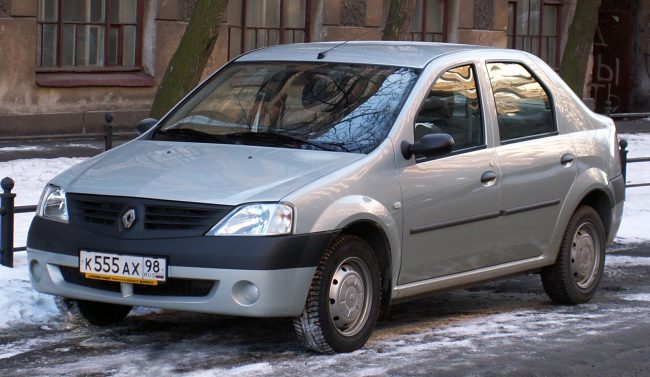
Engines Renault Logan, Logan Stepway
Content
- Brief description Renault Logan
- Logan Stepway Overview
- Overview of engines on various generations of cars
- Renault Logan powertrains
- Logan Stepway powertrains
- Popular motors
- Which engine is better to choose Renault Logan and Logan Stepway
- Choice of oil
- Reliability of engines and their weaknesses
- Maintainability of power units
- Tuning engines Renault Logan and Logan Stepway
- Swap engines
- Purchase of a contract engine
Renault Logan is a class B budget subcompact car designed specifically for the emerging market. The car is sold under the brands Dacia, Renault and Nissan. The release of the machine has been established in many countries, including Russia. A raised car with the characteristics of a pseudo-crossover was called the Logan Stepway. The cars are equipped with low power motors, but still confidently show themselves in city traffic and on the highway.
Brief description Renault Logan
The design of Renault Logan began in 1998. The manufacturer decided to keep development costs as low as possible. Many ready-made solutions were adopted from other models. Renault Logan was created exclusively with the help of computer simulations. In the entire history of design, not a single pre-production sample was created.
The Renault Logan sedan was first introduced to the public in 2004. Its serial production was established in Romania. Car assembly in Moscow began in April 2005. Two years later, the production of the car started in India. The B0 platform was used as the basis.

In July 2008, the first generation was restyled. The changes affected the interior and technical equipment. The car received larger headlights, a radiator grille with a chrome trim and an updated trunk lid. The car in Europe went on sale under the name Dacia Logan, and the car is delivered to Iran as Renault Tondar. In the Mexican market, the Logan is known as the Nissan Aprio, and in India as the Mahindra Verito.
In 2012, the second generation Renault Logan was presented at the Paris Motor Show. For the Turkish market, the car went on sale under the name Renault Symbol. In 2013, a station wagon was introduced at the Geneva Motor Show. It is sold in Russia under the name LADA Largus.

In the fall of 2016, the second generation was restyled. The updated car was presented to the public at the Paris Motor Show. The car received new engines under the hood. Also, the changes affected:
- headlights;
- steering wheel;
- radiator grilles;
- lanterns;
- bumpers.
Logan Stepway Overview
Logan Stepway was created by raising the base Renault Logan. The car turned out to be a real pseudo-crossover. The car boasts better cross-country ability than a sedan, but it’s still not designed for off-road at all. At the moment, the car has only one generation.
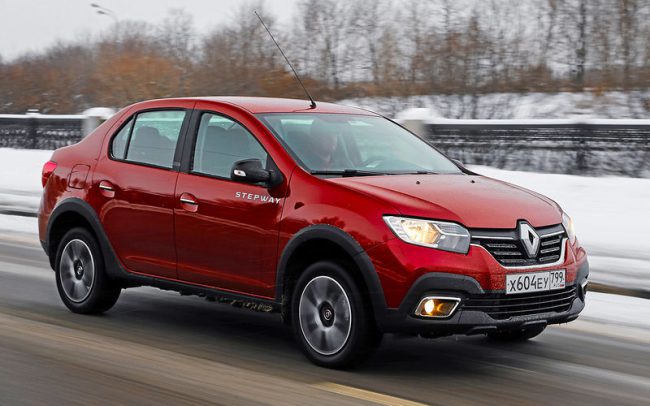
An interesting option for the Logan Stepway is a car with an X‑Tronic CVT. Such a machine is convenient for urban use. Acceleration occurs smoothly and without shocks. Management maintains constant feedback to the driver.
Logan Stepway has high ground clearance. On the version without a variator, it is 195 mm. The engine and box are covered with steel protection. Therefore, when driving through piles of snow and ice, the risk of damaging the car is minimal.
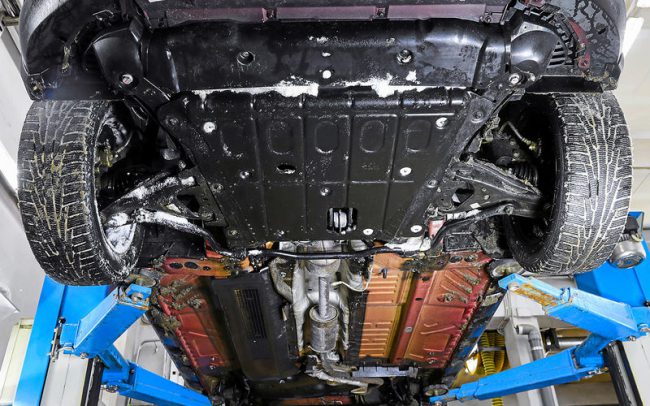
Despite the elevation Logan Stepway shows good momentum. To accelerate to 100 it takes 11-12 seconds. This is enough for confident movement in city traffic. At the same time, the suspension confidently dampens any irregularities, although it does not have the ability to adjust.
Overview of engines on various generations of cars
Renault Logan and Logan Stepway cars enter the domestic market exclusively with gasoline engines. The engines are borrowed from other Renault models. Machines that are designed for other markets can boast a wider variety of power plants. The used internal combustion engines run on gasoline, diesel fuel and gas. You can get acquainted with the list of used engines using the tables below.
Renault Logan powertrains
| Car model | Installed motors |
|---|---|
| Renault logan 2004 | K7J K7M |
| Renault Logan restyling 2009 | K7J K7M K4M |
| Renault logan 2014 | K7M K4M H4M |
| Renault Logan restyling 2018 | K7M K4M H4M |
Logan Stepway powertrains
| Car model | Installed motors |
|---|---|
| Renault Logan Stepway 2018 | K7M K4M H4M |
Popular motors
To reduce the cost of the Renault Logan car, the manufacturer did not develop a single engine specifically for this model. All engines migrated from other machines. This made it possible to discard all internal combustion engines with design miscalculations. Renault Logan has only reliable, time-tested engines, but a slightly outdated design.
Popularity on the Renault Logan and Logan Stepway received the K7M engine. This is the simplest gasoline power unit. Its design includes eight valves and one camshaft. The K7M does not have hydraulic lifters, and the cylinder block is cast iron.
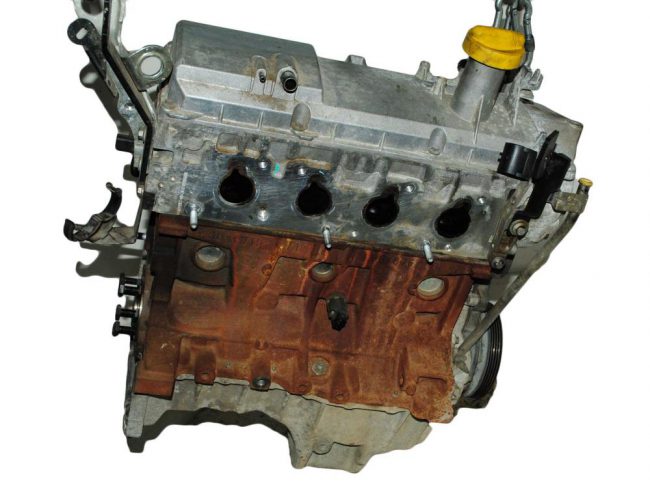
Another popular 8-valve engine on the Renault Logan was the K7J engine. The power unit was produced in Turkey and Romania. The internal combustion engine has a single ignition coil that operates on all four cylinders. The main engine block is cast iron, which has a positive effect on the margin of safety and resource.

Gained popularity on the Renault Logan and the 16-valve K4M engine. The engine is still produced at factories in Spain, Turkey and Russia. The internal combustion engine received two camshafts and four ignition coils. The engine cylinder block is cast iron, and there is a belt in the timing gear drive.

On later Renault Logan and Logan Stepway, the H4M engine gained popularity. The basis for the internal combustion engine was one of the power units of the Nissan concern. The engine has a timing chain drive, and its cylinder block is cast from aluminum. A feature of the motor is the presence of two nozzles for fuel injection into each working chamber.
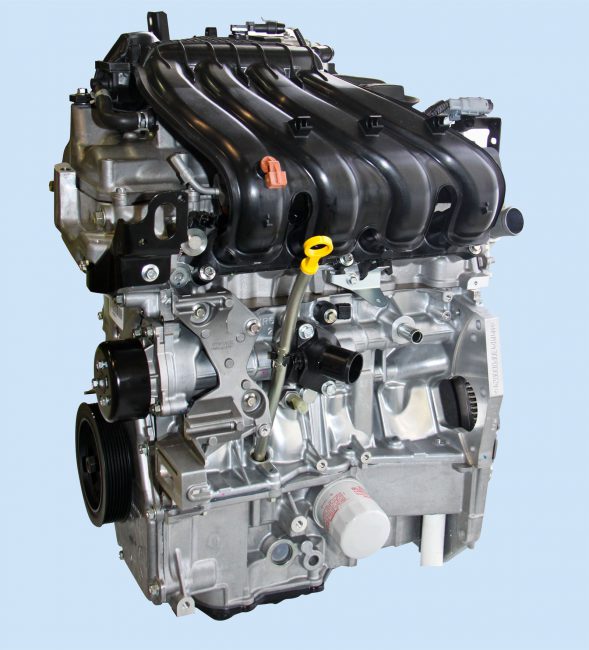
Which engine is better to choose Renault Logan and Logan Stepway
Renault Logan and Logan Stepway use exclusively time-tested powertrains. They all proved to be reliable and durable. Therefore, when buying a used car, it is important to pay attention to the condition of a particular engine. Improper operation and gross violation of the maintenance regulations can lead to the complete exhaustion of the resource of the power plant.
When buying a Renault Logan or Logan Stepway of the early years of production, it is recommended to pay attention to cars with a K7M power unit under the hood. The motor has a simple design, which provides it with excellent reliability and a long service life. At the same time, the age of the internal combustion engine still affects. Therefore, minor malfunctions regularly appear when the mileage exceeds 250-300 thousand km.

Another good option would be Renault Logan with a K7J engine. The motor has a wide range of new and used parts. Its design is simple and reliable. The disadvantage of internal combustion engines is low power and incomparable fuel consumption.
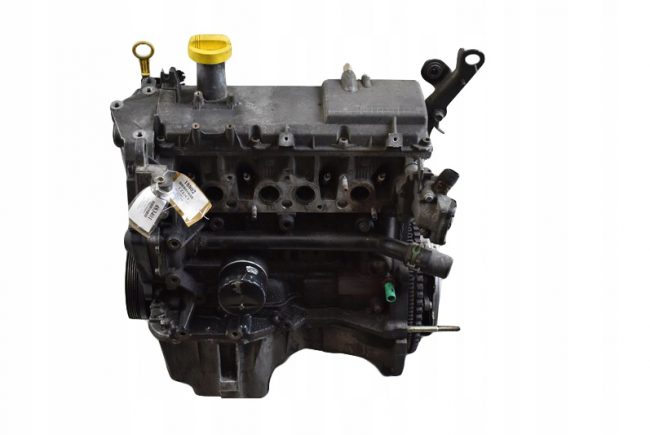
A 16 valve engine has more expensive parts compared to an 8 valve engine. Despite this, such an internal combustion engine has a number of advantages in dynamics and efficiency. Therefore, for those who want to have a car with a more modern power unit, it is recommended to pay attention to Renault Logan with K4M. The engine has a resource of more than 500 thousand km. The presence of hydraulic compensators eliminates the need for regular adjustment of thermal valve clearances.

Gradually, the cast-iron cylinder block is being replaced by a lighter aluminum one. For those who want to own a Renault Logan with a lightweight internal combustion engine, it is possible to buy a car with an H4M engine. The engine shows low fuel consumption. During operation, the power plant rarely presents serious problems.
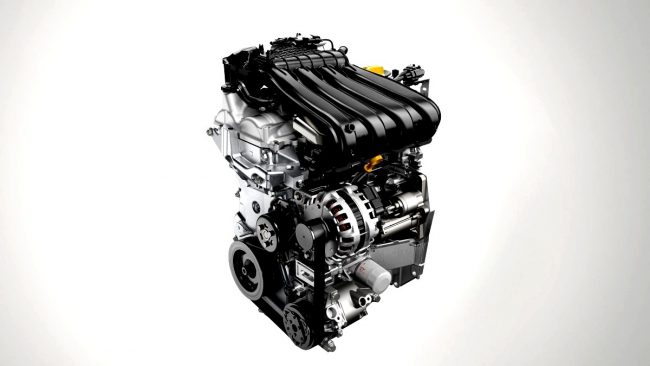
Choice of oil
From the factory, Elf Excellium LDX 5W40 oil is poured into all Renault Logan and Logan Stepway engines. At the first change, it is recommended to choose a lubricant following the manufacturer's recommendations. For 8-valve engines, Elf Evolution SXR 5W30 oil must be used. It is recommended to pour Elf Evolution SXR 16W5 into power units with 40 valves.
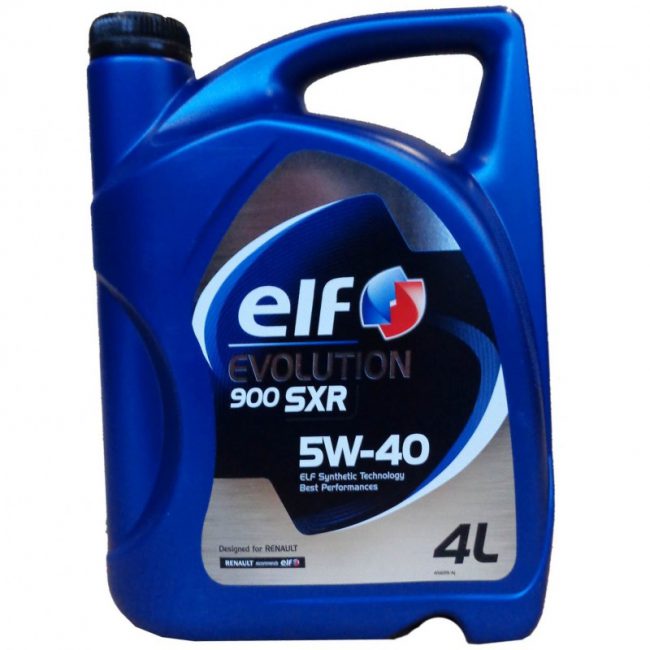
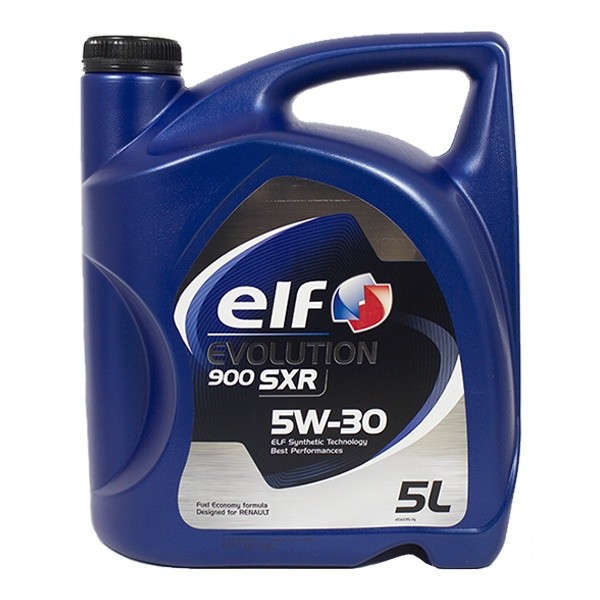
It is officially forbidden to add any additives to engine oil. The use of third-party lubricants is permitted. It is recommended to use only well-known brands. So many car owners instead of Elf grease are poured into power units:
- Car;
- Idemitsu;
- Ravenol;
- I SAY;
- Liquid Moly;
- The motto.
When choosing a lubricant, it is important to consider the region of operation of the car. The colder the climate, the thinner the oil should be. Otherwise, starting the internal combustion engine will become difficult. For regions with a hot climate, on the contrary, it is recommended to use more viscous lubricants. You can get acquainted with the indicative recommendations for the choice of oil using the diagram below.

When choosing an oil, it is important to consider the age and mileage of the car. If there are more than 200-250 thousand km on the odometer, then it is advisable to give preference to a more viscous lubricant. Otherwise, oil will begin to leak from the seals and gaskets. As a result, this will lead to an oil burner and the risk of oil starvation.
If in doubt about the correct choice of oil, it is recommended to check it. To do this, remove the probe and drip onto a clean sheet of paper. A grease spot can be used to determine its condition when compared with the image below. If abnormalities are found, the oil should be changed immediately.

Reliability of engines and their weaknesses
The weak point of Renault Logan and Logan Stepway engines is the timing drive. On most motors, it is implemented using a belt. The consumable does not always withstand the prescribed service life. The belt teeth fly out and break. As a result, this leads to the impact of the pistons on the valves.
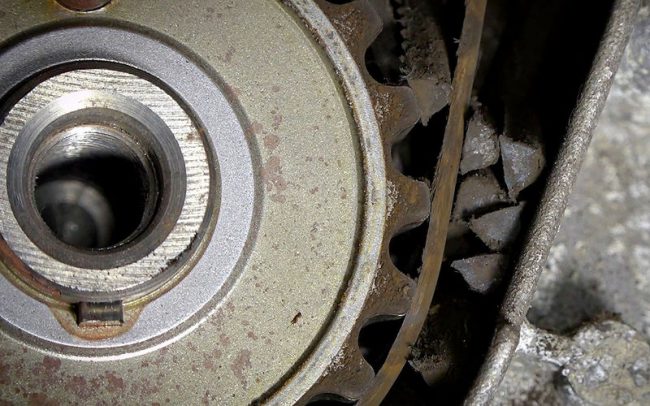
On used Renault Logan engines, rubber gaskets are often tanned. This results in oil leaks. If you do not notice a drop in the level of lubrication in time, then there is a risk of oil starvation. Its consequences:
- increased wear;
- the appearance of seizures;
- local overheating of rubbing surfaces;
- work of parts "dry".
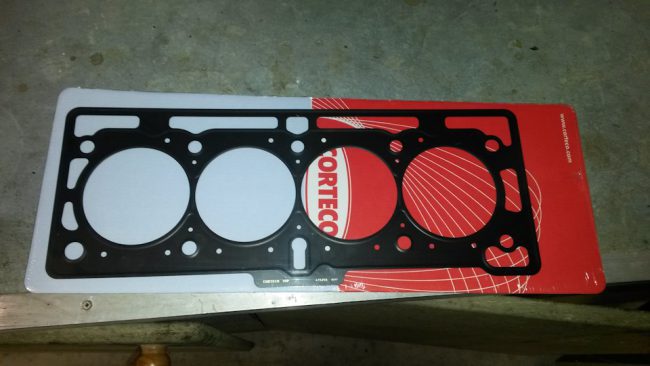
Renault Logan and Logan Stepway engines are not very sensitive to fuel quality. However, prolonged driving on low-grade gasoline causes carbon deposits to form. It deposits on valves and pistons. Significant deposits cause a drop in power and can cause scoring.
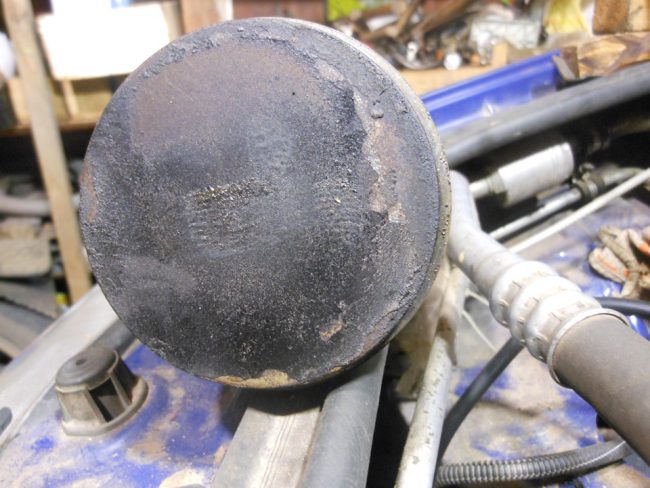
The appearance of soot leads to coking of the piston rings. This causes a progressive oil cooler and a drop in compression. The engine loses its original dynamic performance. As oil consumption increases, gasoline consumption increases.
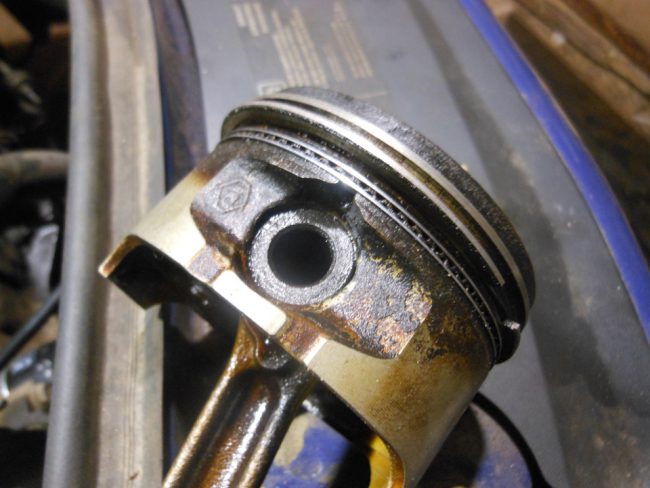
With runs under 500 thousand km, the wear of the CPG makes itself felt. There is a knock when the motor is running. When disassembling, you can notice significant abrasion of the cylinder mirror. There are no traces of honing on their surface.
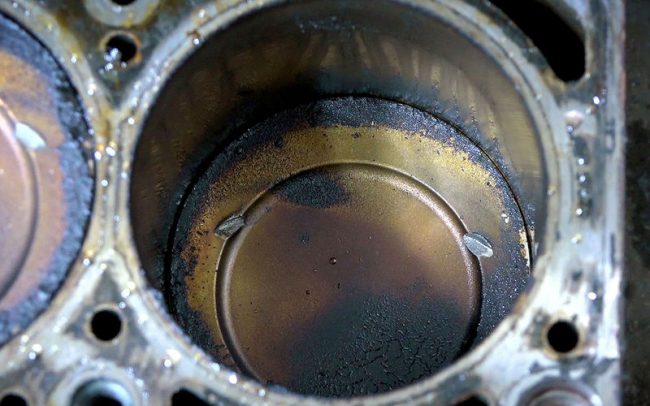
Maintainability of power units
Most Renault Logan and Logan Stepway engines are very popular. Therefore, there is no problem with finding spare parts. Both new and used parts are available for sale. In some cases, a more profitable option is to purchase a contract motor that will be used as a donor.
The popularity of Renault Logan powertrains has led to no problems finding a master. Almost all car services undertake repairs. The simple design of the Renault Logan ICE contributes to this. At the same time, many repairs can be done independently, with only a minimal set of tools.
Most Renault Logan engines have a cast iron cylinder block. He has a huge margin of safety. Therefore, during a major overhaul, only boring and the use of a piston repair kit are necessary. In this case, it is possible to restore up to 95% of the original resource.
The aluminum cylinder block is not as common on the Renault Logan. Such a motor has less maintainability. Despite this, car services successfully use re-sleeving. Such a capital restores up to 85-90% of the original resource.
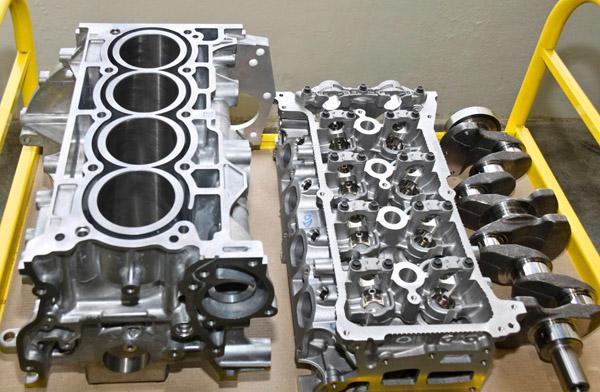
Renault Logan and Logan Stepway power units regularly need minor repairs. It rarely requires special tools to do it. Many car owners make repairs in the garage, referring it to normal maintenance. Therefore, the maintainability of Renault Logan engines is considered excellent.
Tuning engines Renault Logan and Logan Stepway
The easiest way to slightly increase power is chip tuning. However, reviews from car owners say that flashing the ECU does not give a noticeable increase in dynamics. Atmospheric engines are extremely weakly boosted by software. Chip tuning in its purest form is capable of throwing up to 5 hp.
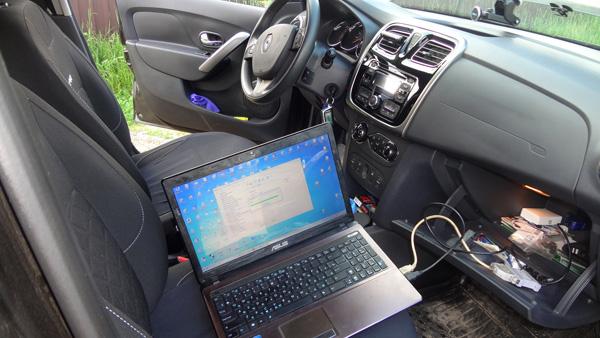
Surface tuning in conjunction with flashing the ECU allows you to get a noticeable result. Significant changes are not made to the power plant, so this type of modernization is available to everyone. The installation of a stock exhaust manifold with forward flow is popular. Increases power and cold air intake through the zero filter.
A more radical way of forcing is to install a turbine. Ready-made turbo kits for Renault Logan engines are on sale. In parallel with air injection, it is recommended to modernize the fuel supply. Usually high-performance nozzles are installed.
Together, these tuning methods can give up to 160-180 hp. For more impressive results, intervention in the design of the internal combustion engine is required. Deep tuning involves a complete overhaul of the motor with the replacement of parts with stock ones. Most often, when upgrading, car owners install forged pistons, connecting rods and a crankshaft.

Swap engines
The high reliability of Renault Logan engines has led to their popularity for swaps. Motors are often rearranged to domestic cars. Swap is also popular for foreign cars that correspond to the Renault Logan class. Often, engines are mounted on commercial vehicles.
Engine swap on Renault Logan is not so common. Car owners usually prefer to repair their own motor, and not change it to someone else's. They tend to swap only if there are large cracks on the cylinder block or it has changed geometry. Nevertheless, contract engines are more often bought as donors, and not for a swap.
Engine compartment Renault Logan is not so large. Therefore, it is difficult to place a large internal combustion engine there. With the increase in power, other systems of the machine will not cope. So, for example, the brakes can overheat if you force the engine without paying attention to the discs and pads.
When swapping, special attention must be paid to electronics. With the right approach, the motor after the rearrangement should work normally. If there are problems in the electrics, then the internal combustion engine goes into emergency mode. Also, the problem of a malfunctioning instrument panel is often encountered.

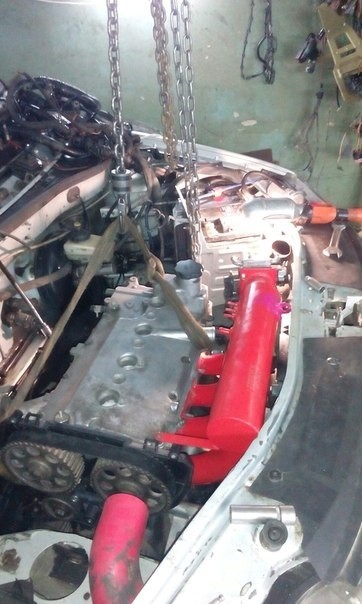
Purchase of a contract engine
The popularity of the Renault Logan and Logan Stepway engines led to their widespread use in car yards. Therefore, finding a contract motor is not difficult. ICEs for sale are in a very different condition. Many car owners buy deliberately killed engines, knowing about their excellent maintainability.
Power plants in acceptable condition cost about 25 thousand rubles. Motors that do not require the intervention of the car owner have a price of 50 thousand rubles. Engines in perfect condition can be found at a price of about 70 thousand rubles. Before buying, it is important to carry out preliminary diagnostics and pay attention to the condition of sensors and other electronics.

